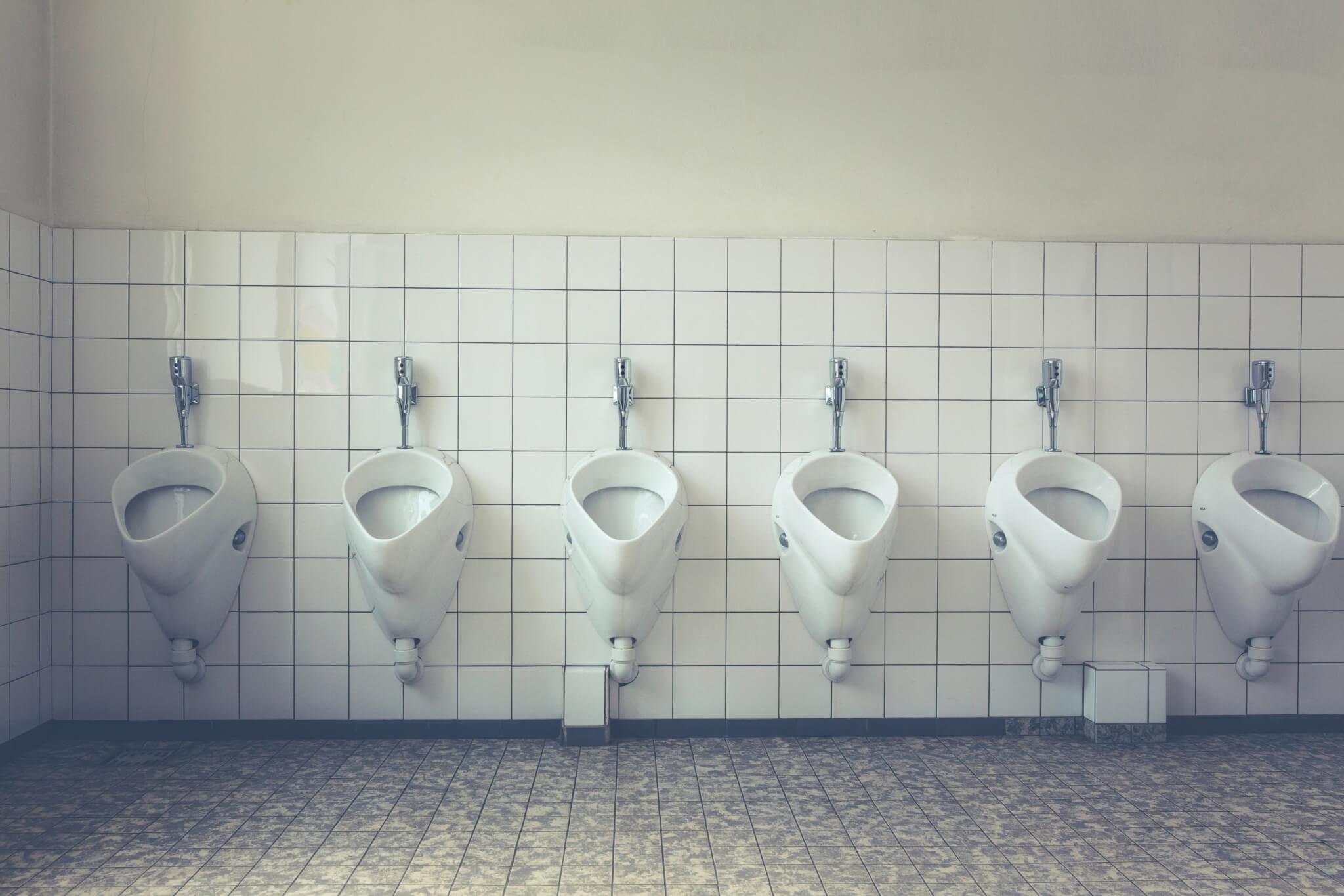COLLEGE PARK, Md. — Similar to the Sun rising each morning, there are certain colors we expect to see in specific places. The sky is blue, grass is green, and urine ranges from clear to yellow. Now, for the first time ever, scientists have uncovered why exactly human urine has a yellow hue. Researchers at the University of Maryland and National Institutes of Health have discovered the precise microbial enzyme responsible for pee’s trademark color.
Aside from morbid curiosity about urine, study authors explain that the discovery of this enzyme, called bilirubin reductase, opens up possibilities for further research into the gut microbiome’s role in common health conditions like jaundice and inflammatory bowel disease.
“This enzyme discovery finally unravels the mystery behind urine’s yellow color,” says the study’s lead author Brantley Hall, an assistant professor in the University of Maryland’s Department of Cell Biology and Molecular Genetics, in a media release. “It’s remarkable that an everyday biological phenomenon went unexplained for so long, and our team is excited to be able to explain it.”
Red blood cells begin to degrade following their six-month lifespan. When this happens, a bright orange pigment called bilirubin forms as a byproduct of the process. While bilirubin is typically secreted into the gut, where it eventually becomes excrement, the body can also partially reabsorb it.
This excess reabsorption can lead to a buildup of bilirubin in the blood, leading to jaundice – a yellowing of the skin and eyes. Inside the gut, resident flora can convert bilirubin into other molecules.
“Gut microbes encode the enzyme bilirubin reductase that converts bilirubin into a colorless byproduct called urobilinogen,” explains Prof. Hall, who has a joint appointment in the University of Maryland Institute for Advanced Computer Studies. “Urobilinogen then spontaneously degrades into a molecule called urobilin, which is responsible for the yellow color we are all familiar with.”

Scientists have linked urobilin to urine’s yellow hue for quite some time, but the new discovery of the enzyme responsible answers a lingering question that stumped scientists for over a century.
Beyond solving a long-standing scientific mystery, this work also holds several important health implications. Study authors note that bilirubin reductase is present in nearly all healthy adults yet is often missing from newborns and adults diagnosed with inflammatory bowel disease. With all of this in mind, the research team hypothesizes that the absence of bilirubin reductase may contribute to infant jaundice and the development of pigmented gallstones.
“Now that we’ve identified this enzyme, we can start investigating how the bacteria in our gut impact circulating bilirubin levels and related health conditions like jaundice,” notes study co-author and NIH Investigator Xiaofang Jiang. “This discovery lays the foundation for understanding the gut-liver axis.”
Other than jaundice and IBD, the gut microbiome also has a link to numerous other diseases and conditions, including allergies, arthritis, and psoriasis. This latest discovery brings modern medicine that much closer to achieving a holistic understanding of the human gut microbiome’s role in overall health.
“The multidisciplinary approach we were able to implement—thanks to the collaboration between our labs—was key to solving the physiological puzzle of why our urine appears yellow,” Prof. Hall concludes. “It’s the culmination of many years of work by our team and highlights yet another reason why our gut microbiome is so vital to human health.”
The study is published in the journal Nature Microbiology.
You might also be interested in:
- High levels of toxic metals discovered in blood and urine of marijuana users
- New urine-diverting toilet could save you from a disgusting, virus-filled bath
- Stunning images reveal what happens when you leave the toilet lid up while flushing


Thank God for researchers with the curiosity to pursue these answers.